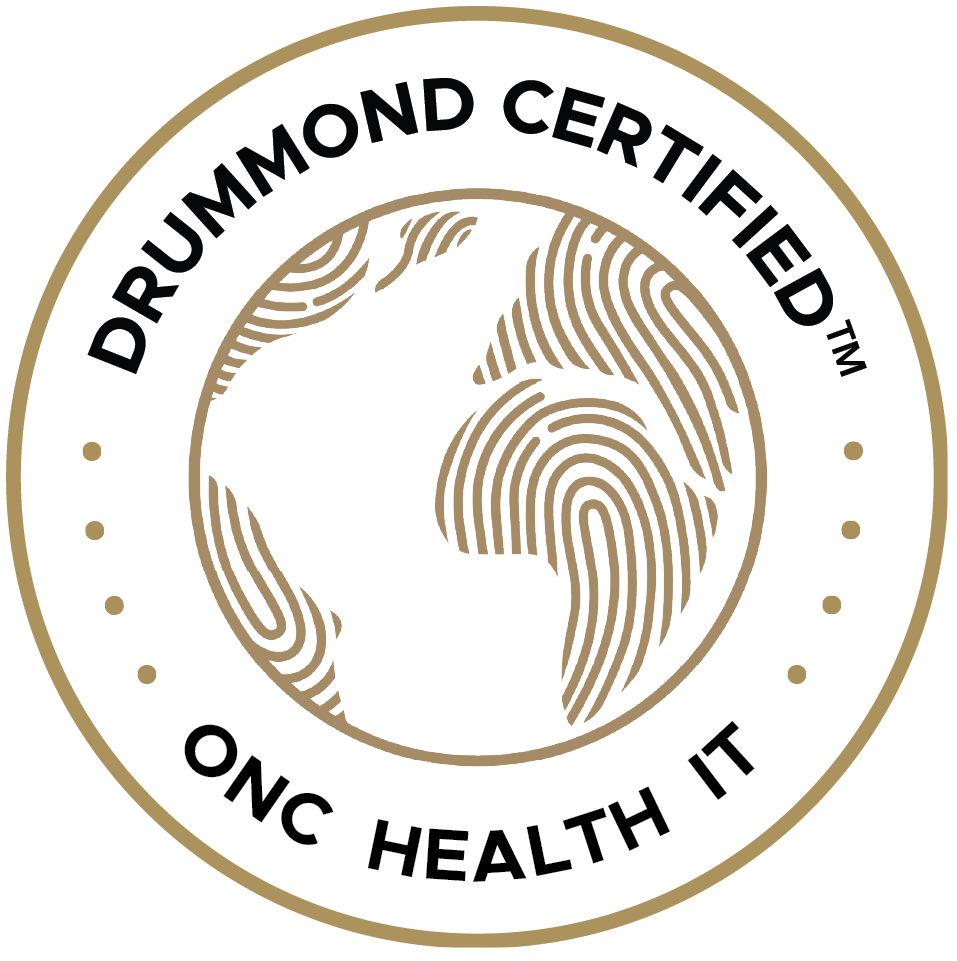In March 2020, the Department of Health and Human Services (HHS) created a rule requiring patients to have instant access to their electronic health records and prohibiting practices that limit patients access to their records. This blog outlines the terms of the rule and presents an easy way to comply with it.
Information Blocking Examples
Information Blocking Rule Exceptions
Complying with the Information Blocking Rule
The easiest way for a clinician to meet the information blocking rule is to adopt an EHR, such as CarePaths EHR, that is certified as meeting the rule by ONC. CarePaths EHR has an online patient portal where patients can access their information at any time. Clinicians can easily flag data that meets an exception and this data will be redacted from data provided to the patient.
The cost of most ONC certified EHRs is out of the reach for most behavioral clinicians, but CarePaths EHR offers a fully-certified EHR at a cost that is actually below that of most non-certified systems. Of course, the benefits of an ONC certified EHR extend beyond just information blocking. ONC certified EHRs can interoperate or exchange information with other ONC certified EHRs. Already more than 95% of physicians use a certified EHR, but less than 1% percent of behavioral clinicians do. With the adoption of a certified EHR, behavioral clinicians become part of the virtual healthcare team, capable of receiving online referrals, exchanging clinical information with PCPs, and insuring compliance with the information blocking rule and other federal and state regulations.









